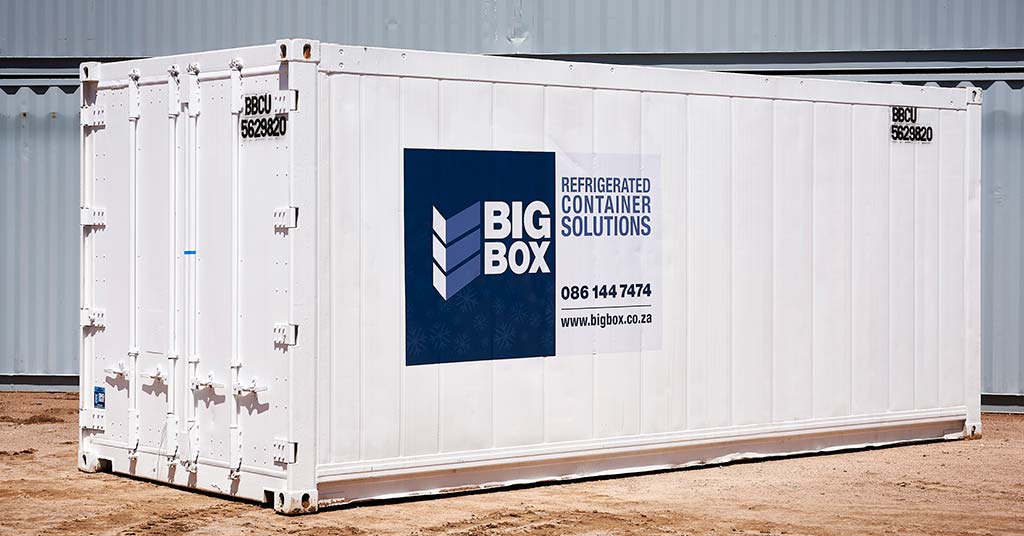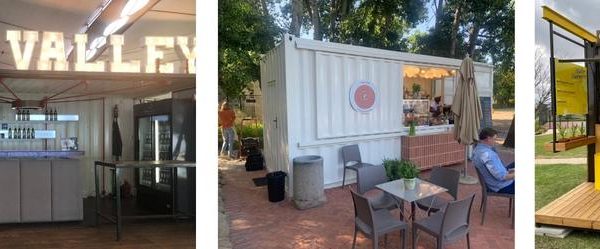
Globalisation is happening in a big way, and shipping containers are a huge part of it. Containers may not be as trendy or exciting as the internet, robots or driverless cars – but they are easily one of the most influential inventions of the modern era.
Consider 10 ways that the ubiquitous steel cargo container has changed the world and contributed to large-scale globalisation.
1. Infrastructure built for the box
Today, ships, trains, trucks and cranes are designed and constructed around the standardised dimensions of shipping containers.
Old cargo lines have slipped into obscurity, and infrastructure has been adapted exclusively to handle, load and transport huge volumes of modular cargo boxes.
2. Out with inner city ports, in with container hubs
Bustling inner city ports, with their dockside warehousing and multiple piers, have quickly became redundant. Instead, large-scale container terminals, equipped to handle thousands of containers simultaneously, have sprung up on new sites located well outside city limits.
Popular old shipping ports in the hearts of cities like Cape Town, New York, Baltimore and Glasgow became derelict and run down – until they later re-emerged as trendy waterfront developments.
3. Mechanisation over workforce
Before the birth of shipping containers, cargo was loaded and unloaded onto “break bulk” cargo ships by hand. Thousands of longshoremen were employed at ports around the world.
In New York of the 1940s, for example, about 13 percent of all jobs were concentrated around the city’s port. With the rise of the shipping container, the traditional workforce has been displaced by cranes.
4. Super capacity
When fully loaded, a standard container ship can carry around 13,000 six-metre containers, potentially packed with clothing, electronics, motor vehicle components and devices. Laid out end-to-end, this number of units would stretch for more than 80 kilometres.
In 2017, the world’s container terminals loaded and unloaded approximately 560 million containers, containing 1.5 billion tonnes of cargo. Shanghai, the largest container port on the planet, handles more than 31 million units per year.
Prior to the container, cross-ocean trade was minuscule in volume. Today, more than 90 percent of all traded goods are transported in containers.
5. Huge cost savings
In 1956, average loading costs were calculated as $5.86 per tonne. Labour, time lost and material loss due to theft and damages accounted for up to 75 percent of all cargo costs. Now it costs just $0.16 a tonne to transport goods around the world.
This huge savings has driven up our standard of living. Without the spread of containers, we wouldn’t benefit from imported produce, clothes, electronics and more – and for the first time in history, it’s potentially cheaper for us to buy items grown or manufactured halfway across the globe than produced locally.
6. Speed to market
In the mid-1950s, an average of 1.3 tonnes of cargo could be loaded per hour. It would literally take weeks to load pieces of cargo into one ship’s hold.
Modern container terminals, like Hamburg’s Altenwerder, make it possible to load and unload more than 150 shipping containers, or 10,000 tonnes of cargo, per hour.
7. Large-scale globalisation
Companies in Europe and the United States have increasingly shifted their manufacturing and assembly processes to developing countries, to benefit from lower costs.
South Africa’s automotive industry is one such example. It produces more than half a million cars each year, most of which are for export. Bangladesh’s clothing sector, the second largest apparel exporter after China, is another.
Without the shipping container, this large-scale globalisation would not have been possible.
8. Synchronised global supply chain
Shipping containers have spawned a highly sophisticated and synchronised global supply chain. Each unit is tagged and tracked by computer software throughout its journey around the world.
Containers are carefully loaded onto ships according to their end destination. Their estimated times of departure and arrival are logged, and achieved with almost military precision.
9. Just-in-time manufacturing
A synchronised and predictable supply chain supports the concept of just-in-time (JIT) manufacturing. Shipped components or materials can be transported directly from container onto the assembly or production line, bypassing the need for warehousing. The end result? Even lower overheads.
10. Reduced emissions
Environmentally, shipping containers have pros and cons. On the plus side, a modern container ship produces one third of the carbon emissions of a flatbed truck when moving a standard-sized shipping container an equal distance. That’s good news for the planet.
At Big Box Containers, we rent, sell and convert high-quality shipping containers for a range of purposes. We’re also a leading supplier of reefers – refrigerated containers ideal for temperature-sensitive items. Contact us online or call us on 0861 447 474 for a quotation or to find out more.



